Today was our last day of the study tour. The first visit of the day was to the Institute of Medical Biology. We got a tour of some of their labs, where we were shown some super resolution microscopes they use. They had picture comparisons of rat kidneys, and other things, to show us how much better the resolution is on the new microscopes. Next, one of the people working there, who is Australian, talked about his research. He was working on the regeneration of bone using certain sugars, instead of using bone growth factor. Which was fairly Interesting
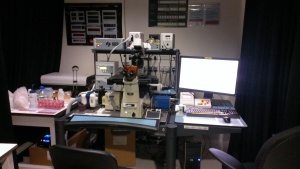
Next we went and had some lunch back at NUS, before heading over to the NUS surface science labs. While at the labs, Paul was helpful in explain to us some of the machines they had there, while the other researchers also talked about what they were working on.
After that we had a quick look at the synchrotron, as we were running out of time to get to IMRE, and talked to people who were doing there research there. I find it amazing how small the synchrotron is, compared to the one in Melbourne.
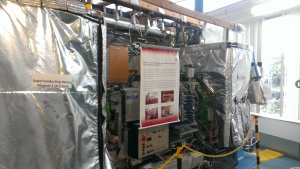
Lastly, to end the trip we went back to IMRE, where we had a talk about the places we had visited and reflected on the experiences a little bit. One of the guys we talked to also told us about some of the research they had done there.

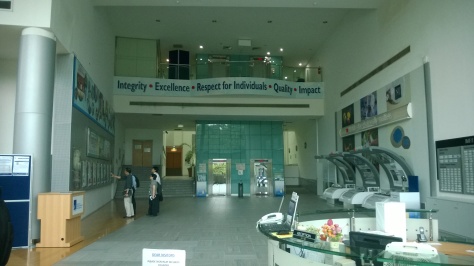
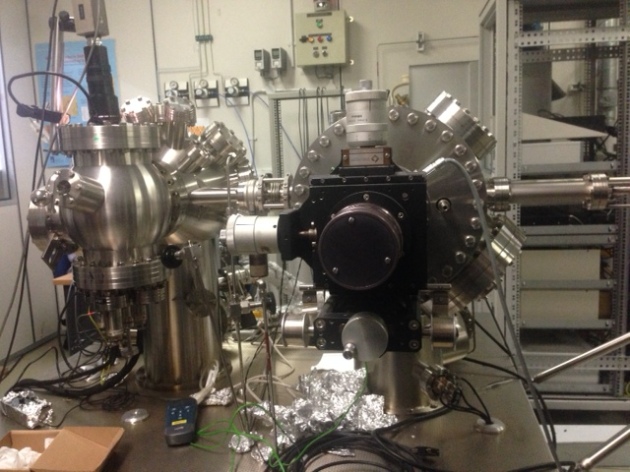
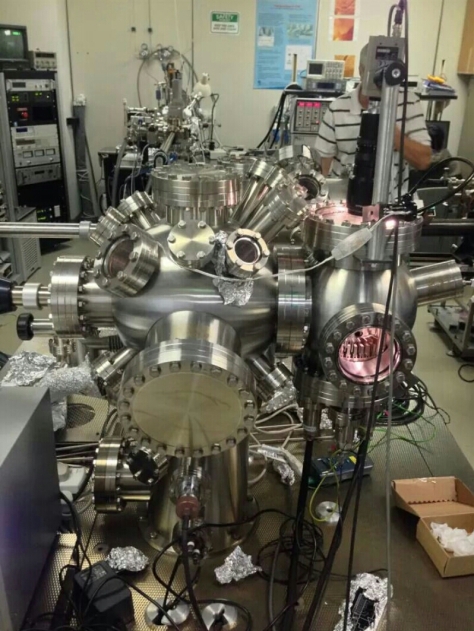
You must be logged in to post a comment.